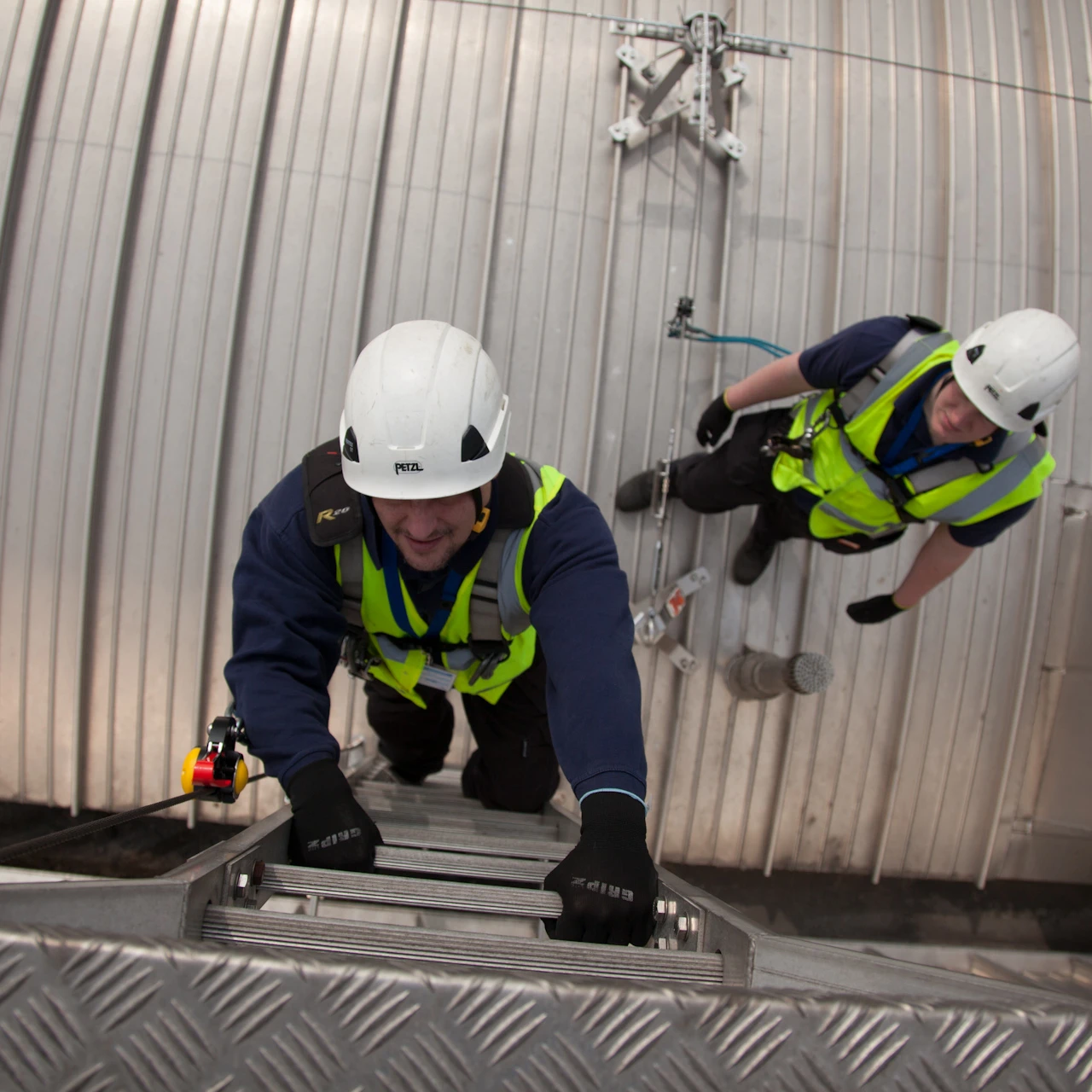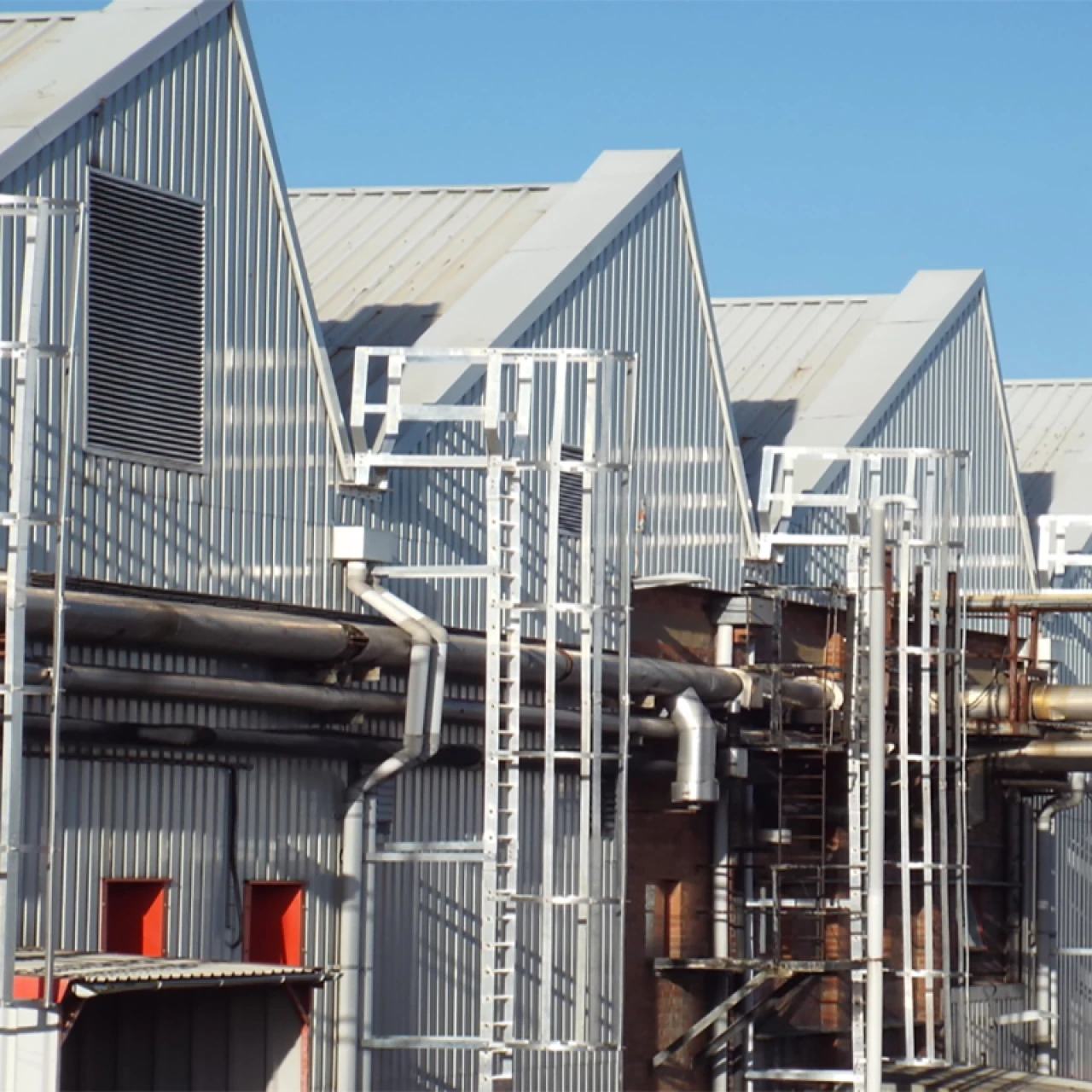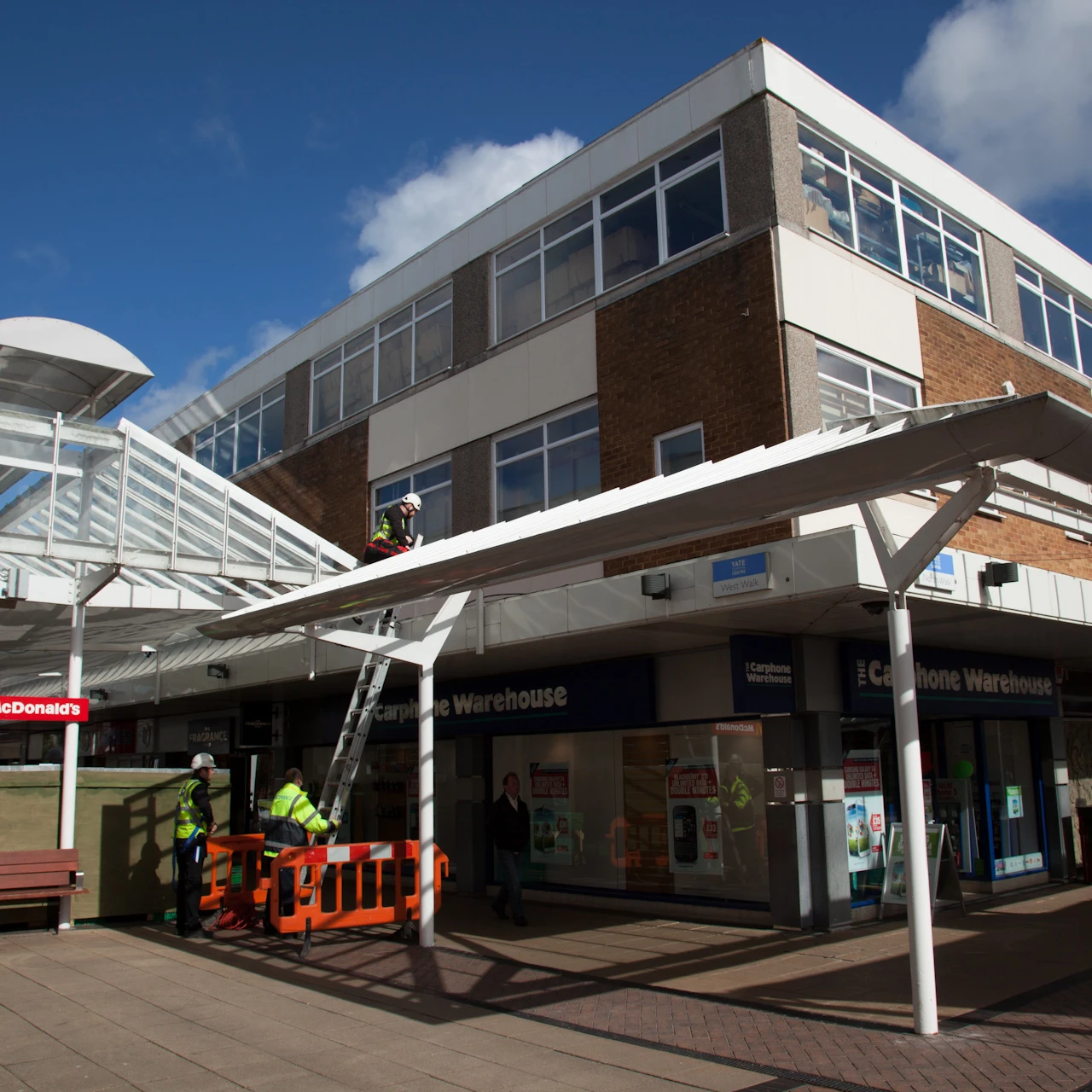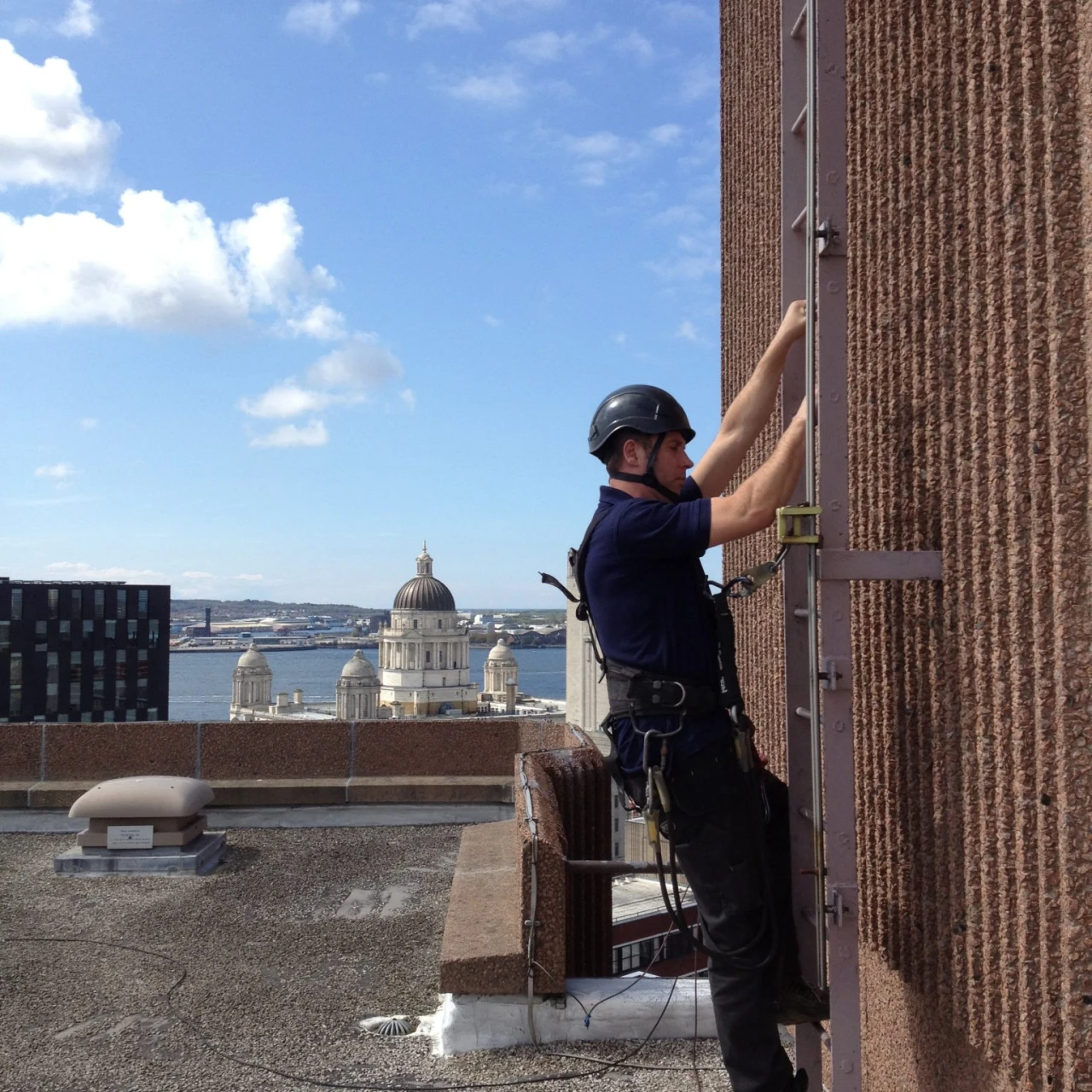

- Knowledge Base
- Blog
- Safe access & egress - The importance of ladder inspections
Safe access & egress - The importance of ladder inspections
Access and egress from roof areas is one of the highest risks for falls from height. Whether using a temporary or fixed ladder, the hazard remains the same – a fall from height.
Why safe ladder access is often overlooked
Organisations often focus on the roof itself and the maintenance work required, such as servicing air conditioning units, while safe access is overlooked. Ensuring safe access is as critical as the work being carried out on the roof.
All ladders should have a structured inspection regime to ensure they remain safe and fit for purpose. Key considerations include:
Why access is required
The risks involved
How the operative can remain safe once on the roof
Where possible, collective protection should be installed. If this isn’t feasible, operatives should connect to a suitable anchor point before accessing or egressing the roof.
Temporary Ladder Safety Requirements
Temporary ladders must comply with regulations, which state they should be:
Fit for purpose: Correct height and type, ensuring other access methods are unsuitable or impractical.
Inspected: By an independent third party and before use by a competent person.
Secure: Appropriately tied or stabilised to prevent slipping.
Fixed Ladder Safety Requirements
Fixed ladders share similar requirements:
Correct and fit for purpose: Many ladders are incorrectly positioned relative to hatches or access points.
Inspected: By an independent third party and prior to use by a competent person.
While hoop ladders are industry-accepted, vertical fall arrest systems provide greater protection and are increasingly preferred.
The benefits of vertical fall arrest systems
Vertical fall arrest systems can be retrofitted to most ladders, providing a higher level of safety for operatives. Duty holders are recognising the need to include access equipment in compliance checks.
Failing to maintain safe ladders can result in:
Costly downtime due to inaccessible roof areas
Delays in maintenance activities
Increased risk of injury and potential legal liability
Regular ladder inspections and the installation of safety systems are essential for safe roof access and egress. Prioritising ladder safety protects your workforce and avoids unnecessary downtime and compliance issues.


















